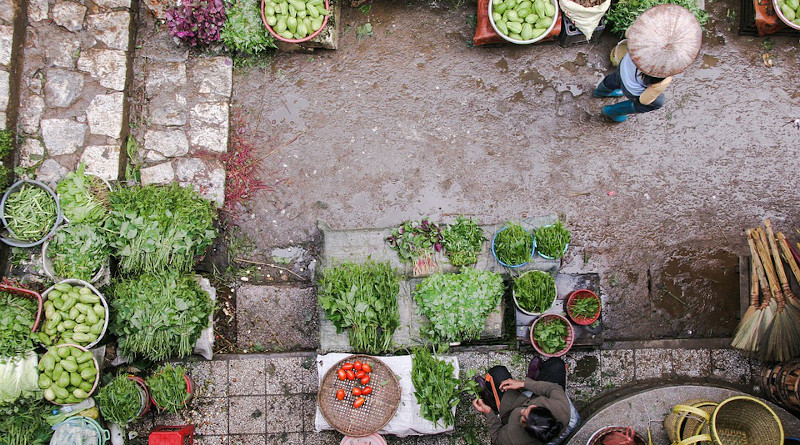Philippines Government Gives Teeth To Vegetable Home Gardening To Survive COVID-19 – OpEd
The Dept. of Agriculture of the Philppines has taken a new step in letting its citizens survive Covid-19—popularize vegetable home gardening.
The program is called “Plant, Plant, Plant’, headed by Dr. Willam D. Dar, the Secretary of Agriculture. It aims to allow vegetable homegardening to every Filipino home,
It is distributing thousands of assorted vegetable seeds all over the country with the Agriculural Training Institute heading the seed dispersal program.
Home Gardens are Traditional Food Sources
According to Gene Hacker of UNFAO Asian regional office, globally, home gardens have been documented as an important supplemental source contributing to food and nutritional security and livelihoods.
Food production on small plots adjacent to human settlements is the oldest and most enduring form of cultivation’, he said.
For centuries, home gardens have been an integral component of family farming and local food systems. Home gardening is an ancient and widespread practice all over the world. Home gardens are classified as mixed, kitchen, backyard, farmyard, compound or homestead garden.
With the global population expected to reach over 9 billion by 2050, there is a continuous need to increase food production and buffer stocks. In this scenario, countries around the world, especially developing countries where the pervasiveness of hunger and food scarcity is more acute, are resorting to various counter strategies to meet the growing demand and to avert food insecurity and famine, Hacker added.
Homegardens Making a Comeback
Over the recent years there has been growing interest to strengthen and intensify Philippine local food production in order to mitigate the adverse effect of global food shocks and food price volatilities. Consequently, there is much attention towards home gardens as a strategy to enhance household food security and nutrition.
Home gardens are an integral part of local food systems and the agricultural landscape of developing countries all over the world and have endured the test of time, Phil. agriculture Secretary Dr. Dar said.
The vast majority of hungry and malnourished Filipino people live under sub-standard living condition, many suffer from chronic food insecurity.
With the population expected to reach over 120 million by 2050, there will be a continuous need to increase food production and buffer stocks to meet the growing demand and efficiently cope with volatilities in food production and prices, he said.
The drive for agricultural innovation is further convoluted by the growing issues of climate change and natural resource degradation. Multiple strategies are required to address the issue of food production and food security. The choice of feasible approaches hinges on the existing social, political, and economic conditions and resources available to design and implement the intervention.
Home gardens are a time-tested local strategy that are widely adopted and practiced in various circumstances by local communities with limited resources and institutional support. It is evident from the literature that home gardens are a part of the agriculture and food production systems in many developing countries and are widely used as a remedy to alleviate hunger and malnutrition in the face of a global food crisis .Dr. Dar elaborated.
Globally, home gardens have been documented as an important supplemental source contributing to food and nutritional security and livelihoods. ‘Food production on small plots adjacent to human settlements is the oldest and most enduring form of cultivation’.
Traditional home gardens
Home gardens are found in both rural and urban areas in predominantly small-scale subsistence agricultural systems. The very beginning of modern agriculture can be dated back to subsistence production systems that began in small garden plots around the household. These gardens have persistently endured the test of time and continue to play an important role in providing food and income for the family.
The household garden is a small-scale production system supplying plant and animal consumption and utilitarian items either not obtainable, affordable, or readily available through retail markets, field cultivation, hunting, gathering, fishing, and wage earning.
Household gardens tend to be located close to dwelling for security, convenience, and special care. They occupy land marginal to field production and labor marginal to major household economic activities. Featuring ecologically adapted and complementary species, household gardens are marked by low capital input and simple technology.’
Generally, home gardening refers to the cultivation of a small portion of land which may be around the household or within walking distance from the family home .
Home gardens can be described as a mixed cropping system that encompasses vegetables, fruits, plantation crops, spices, herbs, ornamental and medicinal plants as well as.


I can relate to this. Yes indeed, the lockdown had somehow forced or rather encouraged some to focus on home gardening while waiting for the new normal stage. The sustainability of practicing home or backyard gardening is encouraged by the government as part of new normal